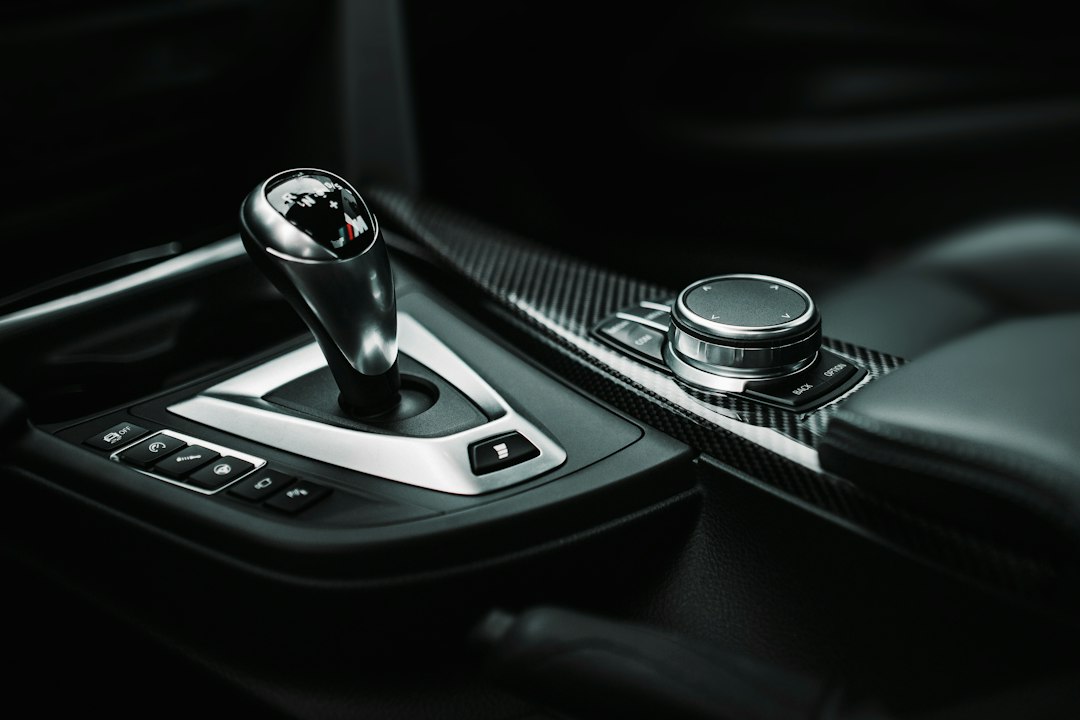The Latest Advancements in Automotive Safety Features
The automotive industry has made significant advancements in recent years when it comes to safety features. With the increasing number of accidents on the roads, automakers have prioritized ensuring the safety of drivers, passengers, and pedestrians. This commitment to safety has led to the integration of innovative technologies that can potentially save lives and reduce injuries. In this blog post, we will explore some of the latest advancements in automotive safety features that have the potential to revolutionize the way we drive.
1. Advanced Driver Assistance Systems (ADAS)
One of the most significant advancements in automotive safety features is the introduction of Advanced Driver Assistance Systems (ADAS). These systems use a combination of sensors, cameras, and artificial intelligence to assist drivers in various aspects. Some common features of ADAS include adaptive cruise control, lane-keeping assist, autonomous emergency braking, blind-spot monitoring, and rear-view cameras.
Adaptive cruise control allows vehicles to maintain a safe distance from the vehicle ahead by automatically adjusting their speed. Lane-keeping assist warns drivers if they unintentionally drift out of their lane and can even gently steer the vehicle back into the proper lane. Autonomous emergency braking can detect potential collisions and apply the brakes to avoid or minimize the impact. Blind-spot monitoring uses sensors to warn drivers if there is a vehicle in their blind spot, preventing dangerous lane changes. Rear-view cameras provide drivers with a clear view of the area behind the vehicle, helping them avoid obstacles and pedestrians.
2. Electronic Stability Control (ESC)
Electronic Stability Control (ESC) is a technology that helps prevent the loss of control in potentially dangerous driving situations. ESC uses sensors to detect when a vehicle is losing traction and automatically applies individual brakes to specific wheels to assist in maintaining control. This feature has been proven to significantly reduce the risk of fatal accidents, especially in cases of skidding or oversteering.
3. Tire Pressure Monitoring System (TPMS)
Maintaining proper tire pressure is crucial for safe driving. The Tire Pressure Monitoring System (TPMS) continuously monitors the air pressure in each tire and alerts the driver if the pressure drops below the recommended level. Low tire pressure can lead to decreased handling, reduced braking performance, and increased risk of tire failure. With TPMS, drivers can ensure their tires are properly inflated, reducing the chances of accidents caused by tire-related issues.
4. Automatic Emergency Call Systems (eCall)
In the event of an accident, every second counts. Automatic Emergency Call Systems (eCall) automatically contact emergency services and provide them with the vehicle’s location in case of a crash. This feature can be a life-saver, especially in remote areas or when the driver is unable to call for help. eCall systems have been mandated in many countries, ensuring prompt response times and potentially saving lives.
5. Pedestrian Detection and Collision Avoidance
Another important advancement in automotive safety features is the integration of pedestrian detection and collision avoidance systems. Using a combination of cameras and sensors, these systems can detect pedestrians or other obstacles in the vehicle’s path and automatically apply the brakes or sound an alert to prevent a collision. This technology has the potential to significantly reduce pedestrian accidents, which are a major concern in urban areas.
In conclusion, the advancements in automotive safety features have revolutionized the driving experience. Thanks to technologies such as Advanced Driver Assistance Systems (ADAS), Electronic Stability Control (ESC), Tire Pressure Monitoring System (TPMS), Automatic Emergency Call Systems (eCall), and Pedestrian Detection and Collision Avoidance, drivers and passengers can feel safer on the roads. As technology continues to evolve, we can expect even more innovative features that prioritize safety and make our roads safer for everyone.
